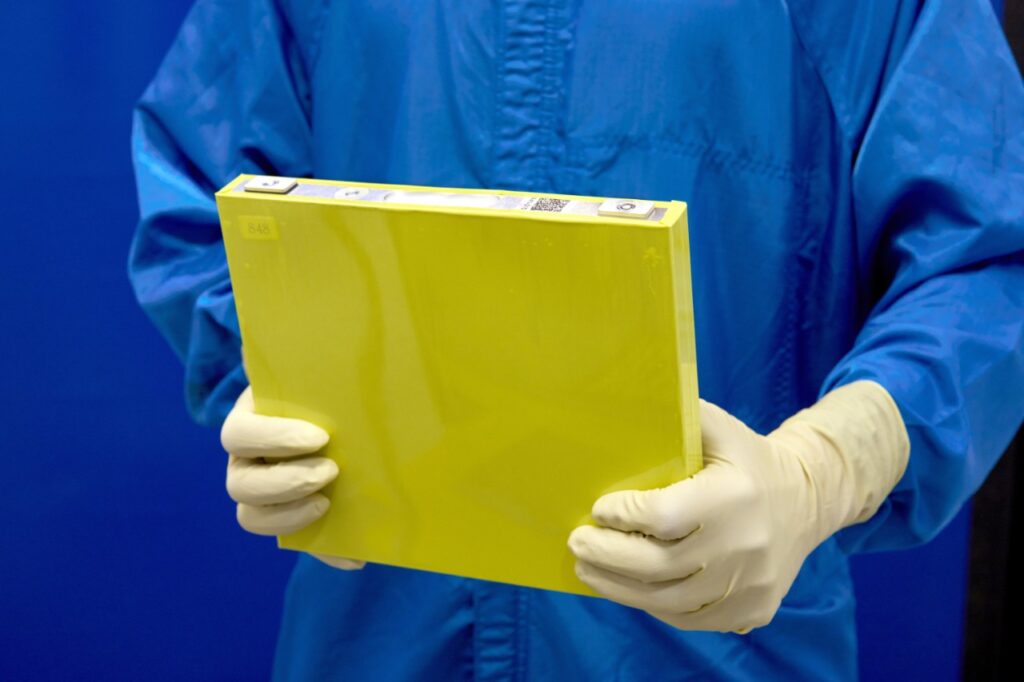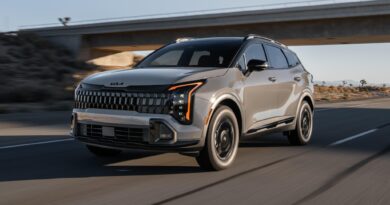Now it’s GM’s turn to tout cheaper, more efficient new battery tech! It’s called LMR and it’s been three decades in the making
General Motors has announced it will be the world’s first car-maker to mass-produce pioneering lithium manganese-rich (LMR) batteries in 2028.
It says they will be significantly cheaper to produce than the cheapest LFP batteries while offering 33 per cent higher energy density.
Confirming the breakthrough was achieved with LG Energy Solution, GM admits it first started developing the tech back in the 1990s but was thwarted time and time again.
READ MORE: Multiple battery breakthroughs! Why CATL’s three new batteries could change electric cars as we know them
READ MORE: Radical EV shift! Battery giant CATL says sodium-ion tech will be on sale by late 2025
READ MORE: Charging forward! NIO takes battery swaps to new heights with 136,748 exchanges in just 24 hours
Issues included short battery life and voltage decay, both of which rendered the chemistry useless for an automotive application.
Heralded as yet another piece in the puzzle that will see the price of EVs drop below combustion-powered cars, GM says the new tech will finally allow it to develop long range EVs at a low cost.

Providing the example of the current Chevrolet Silverado EV Extended Range, GM says its new battery tech will easily allow it to deliver a range of more than 644km that will be accompanied with “significant battery pack costs savings”.
Frustratingly, neither GM (or LG) have disclosed how much of a discount the new battery tech will deliver.
But today a battery can equates to 40 per cent of a new EV’s price, with some analysts predicting GM might have reduced that to as little as 19 per cent. That equals thousands of dollars folks.
As well as cheaper, GM has switched to a simpler prismatic cell arrangement that brings yet more cost savings.

The chemistry mix also changes from the usual 85 per cent nickel, 10 per cent manganese and five per cobalt mix to a battery that employs 35 per cent nickel, 65 per cent manganese and virtually no cobalt.
The last point is important with rising price of minerals and the instability of sourcing expensive cobalt from countries like the Democratic Republic of Congo.
However, China, Russia and Canada all now have large-scale mining operations.
Helping it achieve the 33 per cent energy density boost, GM says the rectangular-shaped prismatic cells are more efficient when it comes to packaging than pouch cell types.

Total battery pack components are also cut by 50 per cent, again reducing further costs.
To overcome the issues that plagued early LMR cells, GM says it’s worked with LG to develop new semi-conductors and coatings, along with particle engineering some parts of the battery to boost safety.
Finally, other undisclosed innovations, plus figuring out the optimum energy density and arrangement has ensured the LMR cells are now stable enough to match the lifespan of current gen NMC cells.
In the build-up to the LMR mass production in 2028, GM is hotly tipped to unveil prototypes powered by the new tech as soon as this year that could include experimental versions of the Cadillac Lyriq sold in Australia.




